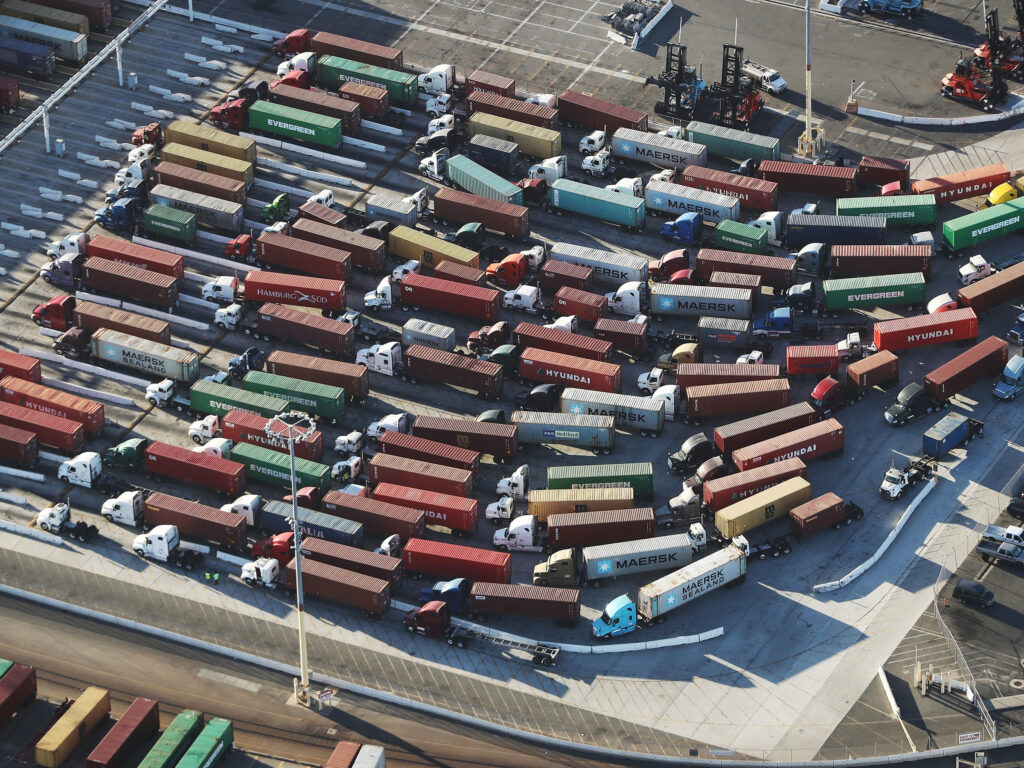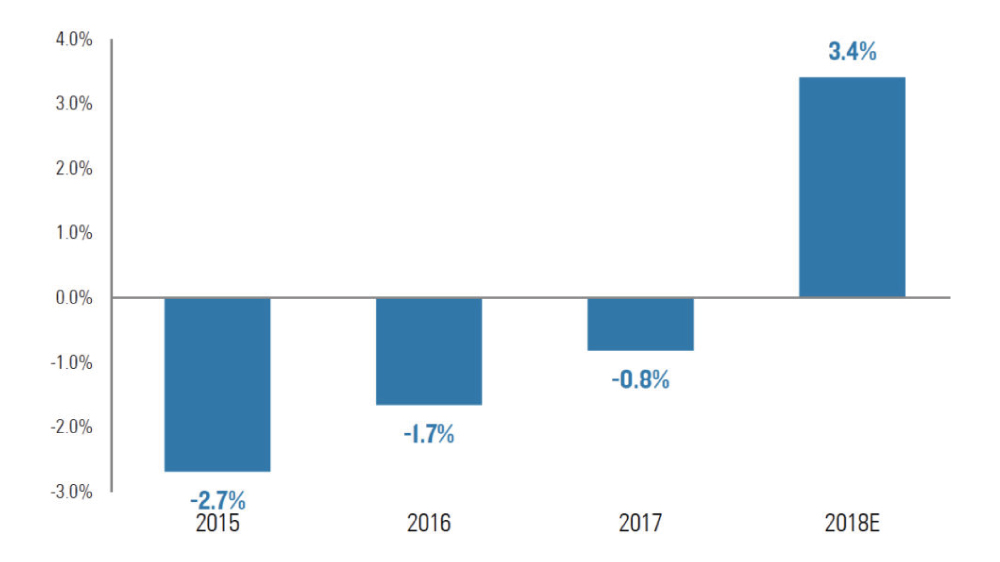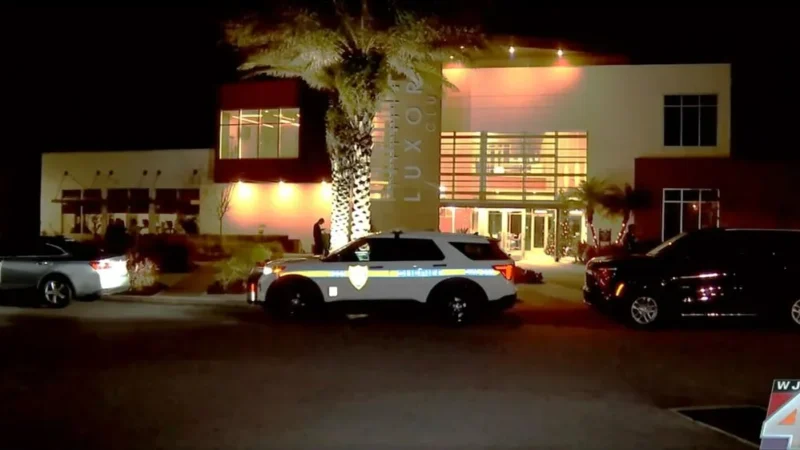Carbon dioxide emissions in the U.S. are on the rise again after several years of decline, and a booming economy is the cause.
That’s according to a report released in January from the Rhodium Group, an independent research firm that tracks CO2 emissions in the U.S.
“It appears based on preliminary data that emissions in the U.S. grew by the highest rate since 2010 when we were recovering from the great recession,” says Trevor Houser, a partner at Rhodium and an author on the estimate.
Emissions rose roughly 3.4 percent in 2018, he says.
The big drivers were increased electricity demand and growth in trucking and aviation.

The report underscores an unusual upside to an economic downturn: When the economy shrinks, greenhouse gas emissions also go down. That’s what happened in the throes of the financial crisis in 2008 — carbon dioxide emissions plummeted. They’ve been bouncing up and down since then. But last year, the strong economic growth meant a rise. A cold winter was also a factor, particularly because it led to higher consumption of natural gas and fuel oil in homes for heat.
Annual Change in US CO2 Emmissions
Energy combustion only

There were some areas where decisions by government and industry helped to reduce some types of emissions. A record number of coal-fired power plants closed last year. And emissions from passenger automobiles dropped slightly, due to better fuel-economy standards. But it wasn’t enough, and Houser wants more aggressive policies to drive drown CO2. That seems unlikely for now. Policies to limit greenhouse gas emissions started under the Obama administration are now being halted and even reversed under President Trump.
“What we’ve seen is backsliding in federal policy, and we’re starting to feel the effects of that now,” Houser says.
The report means the U.S. is less likely to meet its reduction targets under the global Paris climate agreement, according to Andrew Light, a senior fellow at the World Resources Institute. When the U.S. signed on to the agreement in 2015, then-President Obama promised a 26-28 percent reduction from 2005 levels by 2025.
There’s still time to catch up, Light says. “If we do get back on track in the United States toward having an energy policy that’s consistent with the threat of climate change then we can turn these things around,” he says.
Stock markets have faltered in recent months, indicating the U.S. might be headed toward another recession. That could cause emissions to drop, but Houser says it would not be productive.
“A short-term emissions decline as a result of a recession is not something anyone’s cheering for,” he says. “We do the best on this issue when the economy is thriving, and there are policies in place that can channel investment into clean energy technologies.”








